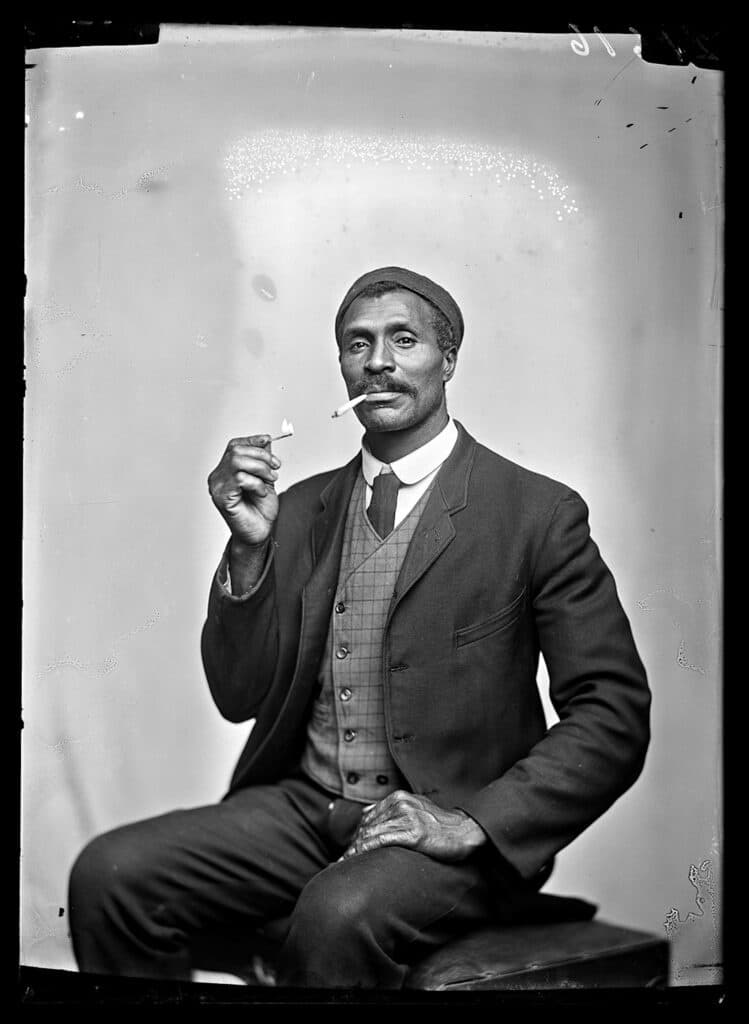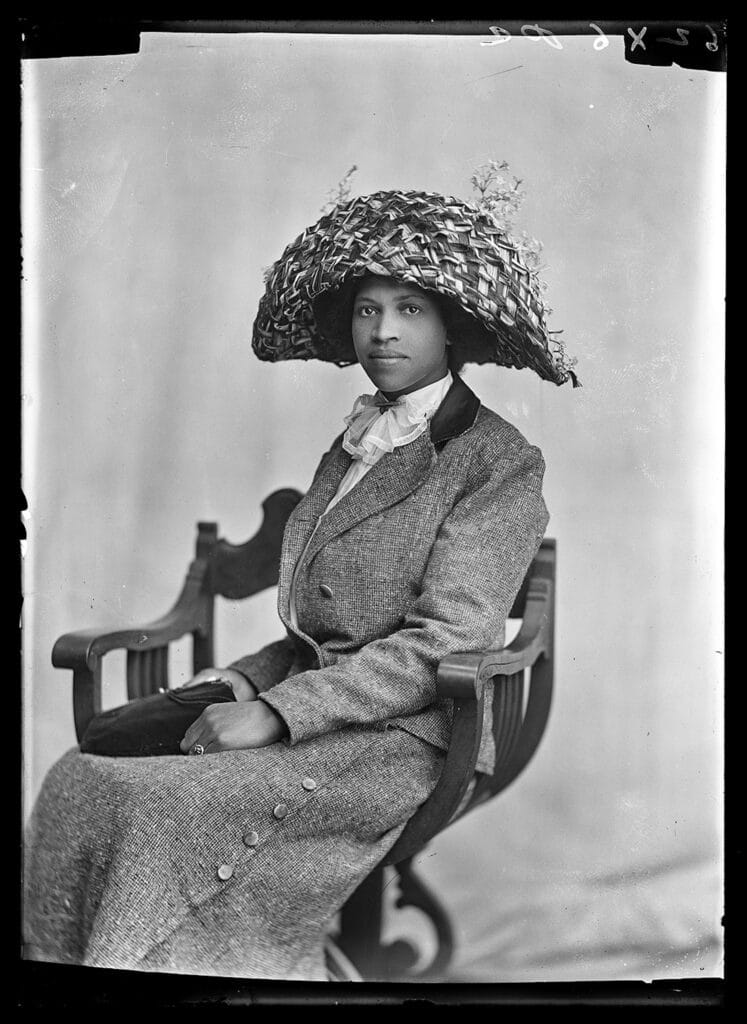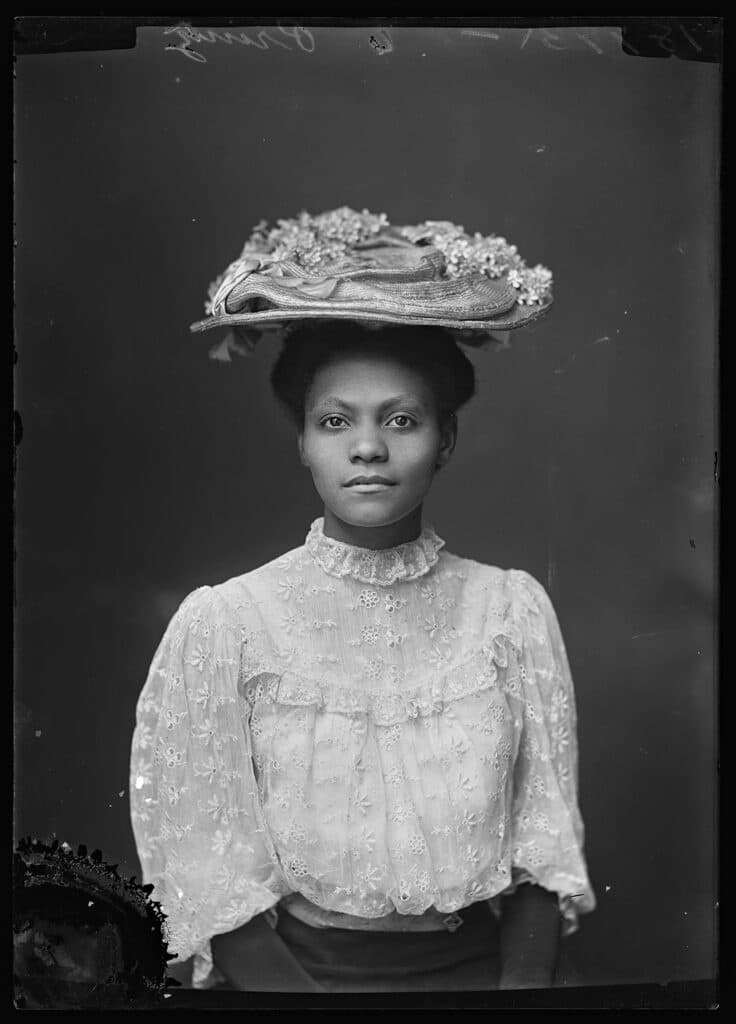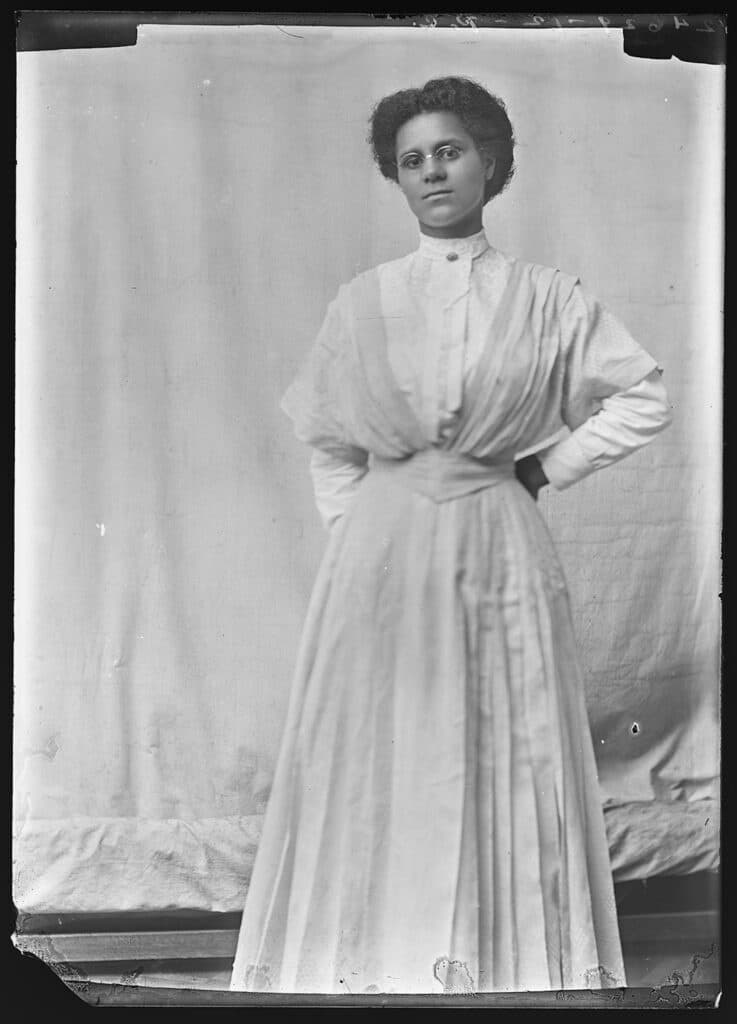Emerging at the intersection of art, technology, and commerce, photography liberated the portrait from the provenance of the few and made it accessible to all. With the proliferation of images came a paradigm shift, as photography allowed people to present themselves as they wished to be represented. With the popularization of studio photography during the 19th century, a revolution in portraiture occurred as people of lesser means could finally afford to have their likenesses made.
Photography instantly created a space for people left out of the museums and history books. In the United States, photography beautifully dovetailed with the growing abolitionist movement. 19th-century activists like Sojourner Truth and Frederick Douglass used self-portraiture to advance the cause and transform the image of Black men and women in the fight for liberation.
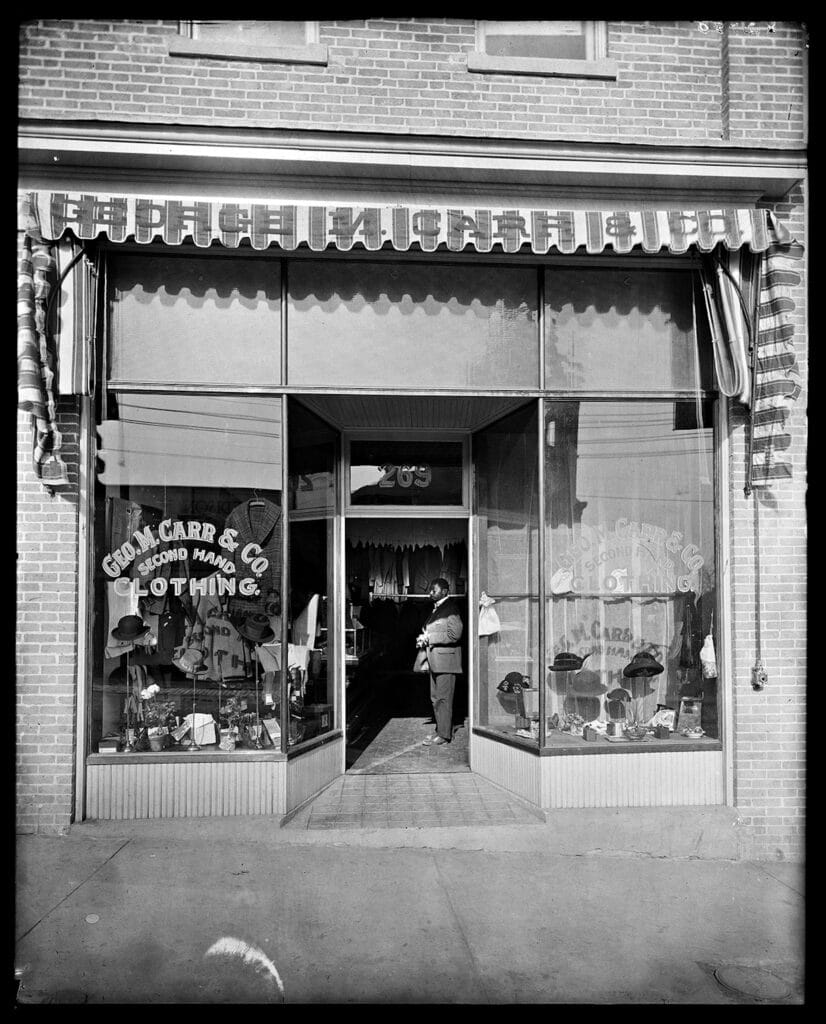
After emancipation, African Americans both North and South enjoyed the pleasures of studio photography for themselves. It was a significant act of agency during the darkest years of Jim Crow, the nation’s folksy name for homegrown fascism. During segregation, Broadway and Hollywood embraced minstrel shows and blackface with open arms, profiting off racist stereotypes at the heart of the nation’s most lucrative form of popular entertainment.
In 1903, W.E.B. DuBois theorized the notion of “double consciousness” wherein Black folks reckoned with the white gaze on an existential level. The portrait studio fostered a studio where they, as clients, could abandon this framework.
“When Black people were around white people, they were wearing masks. And when they went into the studio, the mask came down and we see them as they felt themselves to be and how they wished to be seen,” says John Edwin Mason, Associate Professor of History at the University of Virginia in Charlottesville and Co-Director of the Holsinger Portrait Project.
Reckoning With the Confederacy
“Over the last few years, Charlottesville has been immersed in its own history,” says John Edwin Mason. “Different segments of the community were investigating oppression, segregation, housing discrimination, the rise of the Ku Klux Klan in the 1920s, Confederate statues, and lynchings.”
Mason points to the events in Charlottesville that happened in August 2017, when hundreds of white supremacists and far-right extremists descended on Charlottesville, Virginia, for a “Unite the Right” rally to protest the city’s decision to remove a statue of Confederate general Robert E. Lee.
The rally quickly escalated into a deadly terrorist attack as 20-year-old James Alex Fields Jr. deliberately drove his car into a crowd of peacefully gathered counter-protesters, killing 32-year-old Heather Heyer. Fields was found guilty of first degree murder and given multiple life sentences while “Unite the Right” organizers were held liable for $25 million in damages.
In July 2021, the Charlottesville City Council finally removed the statue of Lee along with monuments to Confederate general Thomas “Stonewall” Jackson and explorers Meriwether Lewis and William Clark, for its degrading portrayal of Sacagawea, a Shoshone woman. Erected between 1919 and 1924, these statues were monuments of segregation and oppression at its height — an era that demanded revisiting.
Recognizing the patterns of the past embedded in the present day, Mason understood the time had come to reimagine the ways in which Charlottesville’s story was told. He returned to the Holsinger Studio Collection at the Small Special Collections Library at UVA, and unearthed a wealth of portraiture preserving the lives of African Americans living central Virginia during this time.
“These portraits were being made at the same time when Confederate memorials were being erected, when the Ku Klux Klan was reemerging in Charlottesville,” says Mason. “Segregation was rife and restrictive covenants were written into real estate deeds saying this house shall not be sold to Negros, Asians, and Jews.”
A Different Kind of History
John Edwin Mason Mason decided to use the portraits to tell history through the lens of the people in the photographs for Visions of Progress: Portraits of Dignity, Style, and Racial Uplift. The exhibition together about 100 photographs made by the Holsinger Studio, the largest studio in Charlottesville, which operated was from about 1890 until about 1925.
The Holsinger Studio Collection holds 10,000 of the studios glass plate negatives, half of which are portraits. Of that number, 600 are African Americans, from which Mason selected about 100 for the exhibition.
“We wanted to use these pictures to tell a different kind of history. Oppression certainly shaped the lives of Black people in this area, but it did not totally define them,” says Mason. “They were living rich, full, complete lives that were full of joy and sorrow. They built communities, had families, fell in love, went dancing, had concerts, bands, baseball and football teams. It was a really rich time.”
While there was a small Black middle class, most clients were members of the working class who traded in their service uniforms and donned their finest threads for portraits that showed them not as workers but as individuals.
“They were cooks, housemaids, nannies, laundresses, coachmen and railroad workers but you don’t see their occupation in the photographs and that, once again, is by design,” says Mason. “They were not defined by their status in the economic order. They were defined by something that came from within, and by the things that came from their community, family, church, and fraternal organizations.”
Seeing and Being Seen
During the 1890s, prominent Charlottesville businessman Rufus Holsinger opened the Holsinger Studio, providing a wide array of photographic services to the people of central Virginia.
“Rufus Holsinger was a good businessman. He was a major real estate investor, sat on the board of directors of a bank, and was President of the Chamber of Commerce for a number of years. He was the Ford dealer in town for a while, so he had his finger in many pots,” says John Edwin Mason.
“But he was by no means a racial liberal. He served for a time on the Charlottesville city council and sponsored legislation to residentially segregate the city. That legislation never came into law, but that’s what he was thinking.”
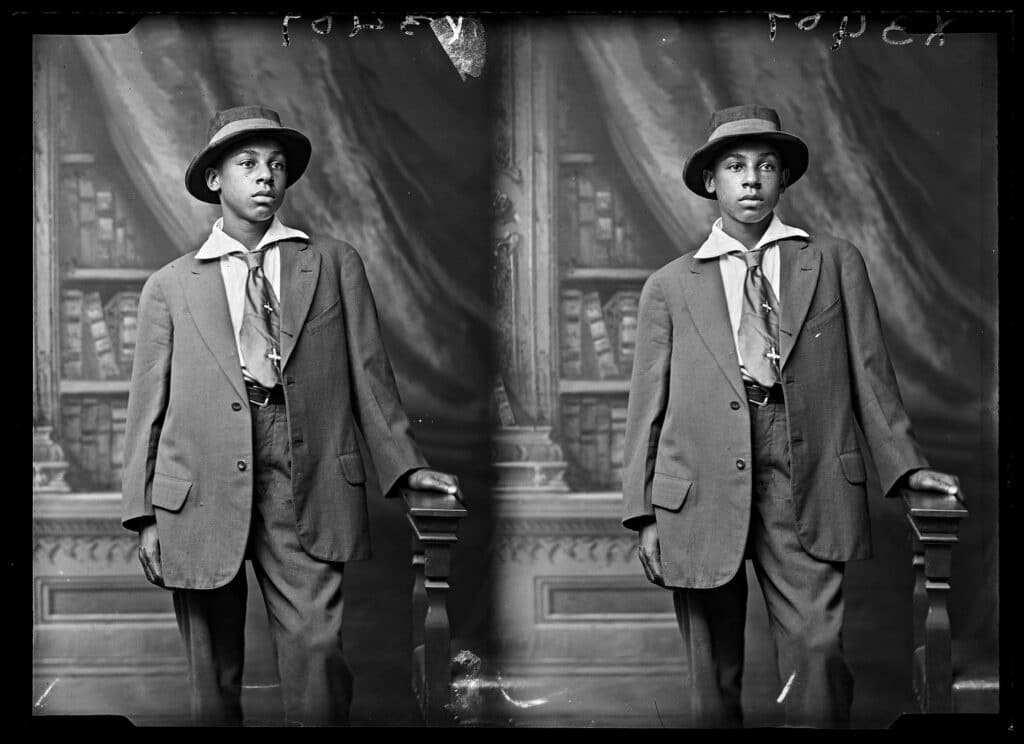
“There’s a grace and beauty to the portraits created by the Holsinger Studio. They show African Americans with style, panache, and flair.”
Above all things, Holsinger was a pragmatist. “The three colors he was really concerned with were black, white, and green. And he certainly understood how you get the green is to treat your Black customer well,” says Mason.
“There’s a grace and beauty to the portraits created by the Holsinger Studio. They show African Americans with style, panache, and flair. You can see some sitters are going for respectability and others for swagger. If you ask the average person in the Charlottesville area, ‘What did Black people look like 115 years ago?’ they would not come up with images like this. It was the Jim Crow era, but you don’t see it in these portraits. That’s by design.”
Art and Artifact
As Co-Director of the Holsinger Portrait Project, John Edwin Mason approached the archive as an historian, rather than a curator, to consider the photograph as artifact, evidence, and document, adding meaning, depth, and significance to these works of art.
“I see this as an exercise in public history, which is all about unlocking history, taking it out of academia and bringing it out into the world to people who might just encounter it going about their daily business,” says Mason.
Mason points to a portrait of Reuben Gordon, who was the stable manager at a very large horse farm outside of Charlottesville. “He commissioned one portrait of himself and he’s wearing a three-piece suit with a gold watch chain dangling from his vest. He is a well-built man very tall, and looks every bit a banker in that dark suit,” says Mason.
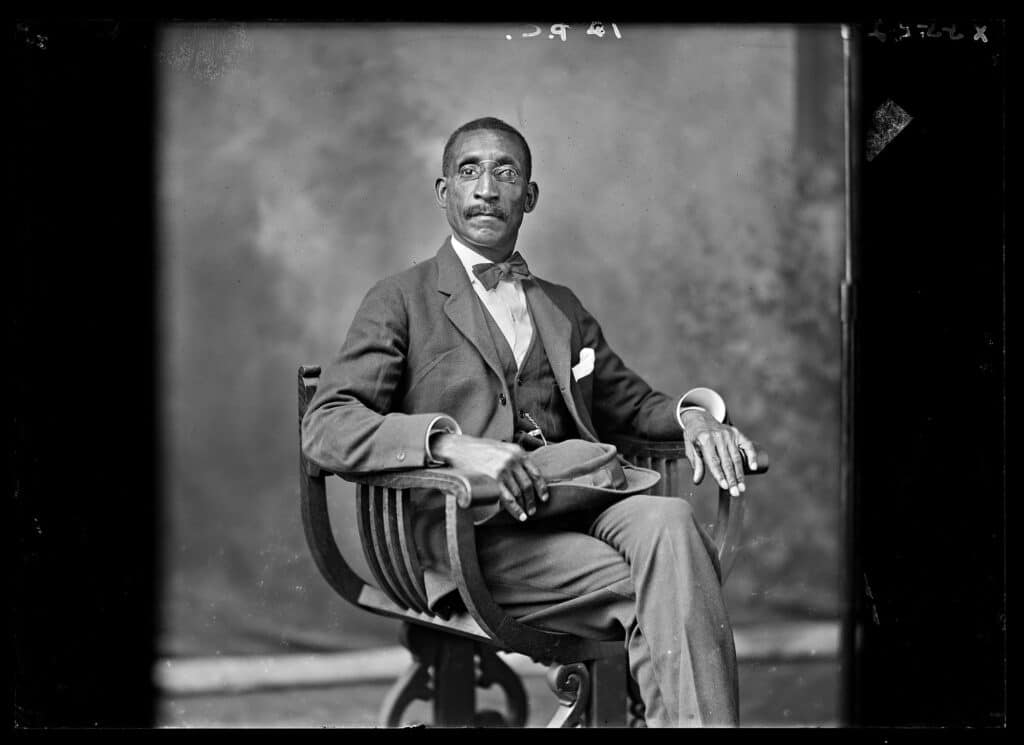
As it so happened, Mason noticed a couple of elderly African American women looking at Reuben Gordon’s portrait in the gallery one day, and engaged them in a conversation. One of the women revealed Gordon was her uncle, and what’s more, she remembered his penchant for formal wear well.
“She said, ‘He always used to dress like that. We call him ‘Bourgeois.’ Which is both funny and revealing. Those kinds of moments are just incredibly precious.”
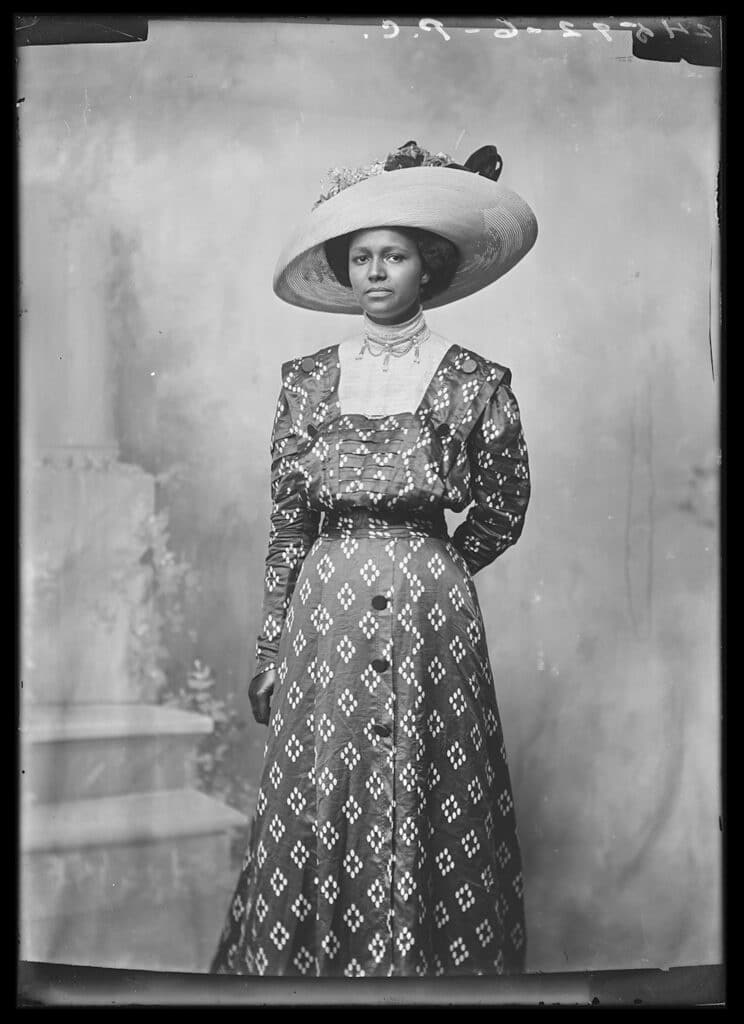
“These portraits invite us to look at history differently”
The exhibition is just the start. The Holsinger Portrait Project will be publishing and distributing a free digital catalogue as well as digitizing all 600 portraits and making them available to the public on Picture Me As I Am. The portraits are overlaid on an old map of the city that also traces the threads of education, church, community organizing, business and real estate, and civil rights activism through newspaper clips and reportage.
“These portraits invite us to look at history differently,” says Mason. “When you have a name that’s attached to the portrait, you can do research and tell the story of that individual’s life. And if you can tell a story, you can connect them with history.”
Visions of Progress: Portraits of Dignity, Style, and Racial Uplift was recently on view at the University of Virginia Library in Charlottesville, Virginia. The website Picture Me As I Am will be continuously updated until the full African American portrait archive is online.

